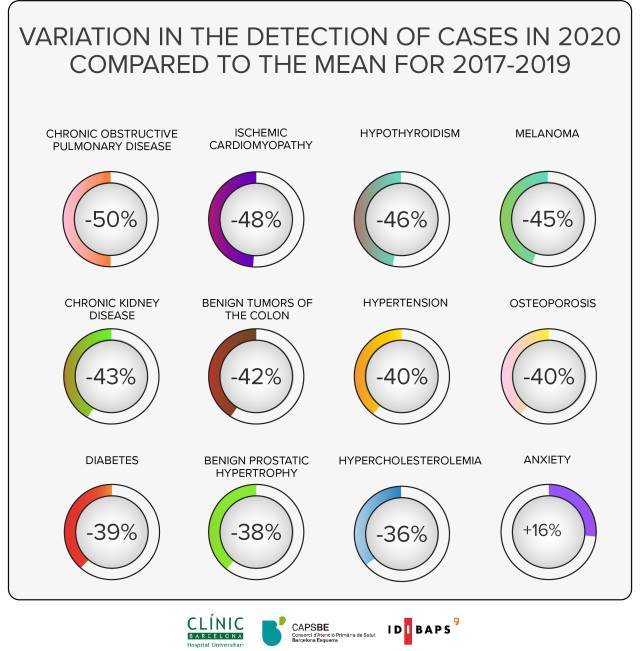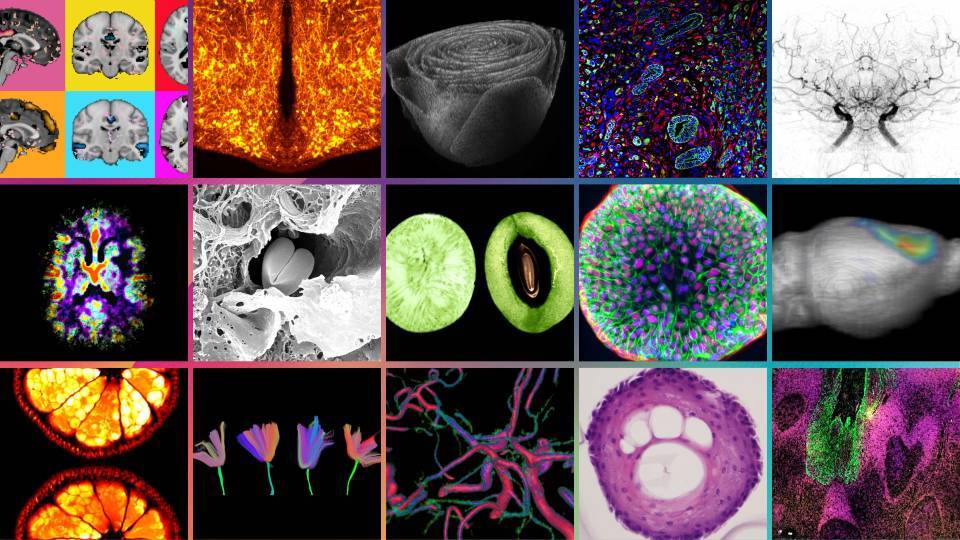The researchers analyzed the difference in cases of thirty diseases diagnosed in 2020 compared with the average of the period 2017 to 2019. The study was carried out in the three primary care centres in Barcelona managed by the Consorci d'Atenció Primària de Salut Barcelona Esquerra (CAPSBE), which have an assigned population aged > 15 years of around 85,000 persons.
The findings indicate that, in 2020, there was a drastic reduction in the detection of diseases or risk factors such as hypertension, hypercholesterolemia, diabetes, benign prostate hypertrophy, osteoporosis and chronic obstructive pulmonary disease. In some cases, the reduction was as much as 50 per cent.
"Primary care made an extraordinary effort throughout the pandemic," explains Antoni Sisó-Almirall, principal investigator of the study and CAPSBE research head. "It should be remembered that primary care facilities have detected more than 80% of COVID-19 cases, in addition to tracking patients and their contacts. Prioritizing COVID-19 and its care in primary care centers has led to a shift in the care and recording of other diseases."

In other disease, such as stroke, heart attacks and some cancers this significant reduction was not observed, while there was an increase in diagnoses of mental disorders.
According to Sisó, the results of the study should allow "health planners to direct resources where they are most needed currently, which is primary care, and thus reinforce services so that they are sufficiently prepared, not only to provide care for those not provided for in the last year but also to be prepared for future pandemics we may be faced with".
Article reference
Impact of the COVID-19 Pandemic on Primary Health Care Disease Incidence Rates: 2017 to 2020
Antoni Sisó-Almirall, Belchin Kostov, Encarna Sánchez, Jaume Benavent-Àreu and Luis González-de Paz. The Annals of Family Medicine September 2021, 2731;
DOI: https://doi.org/10.1370/afm.2731




